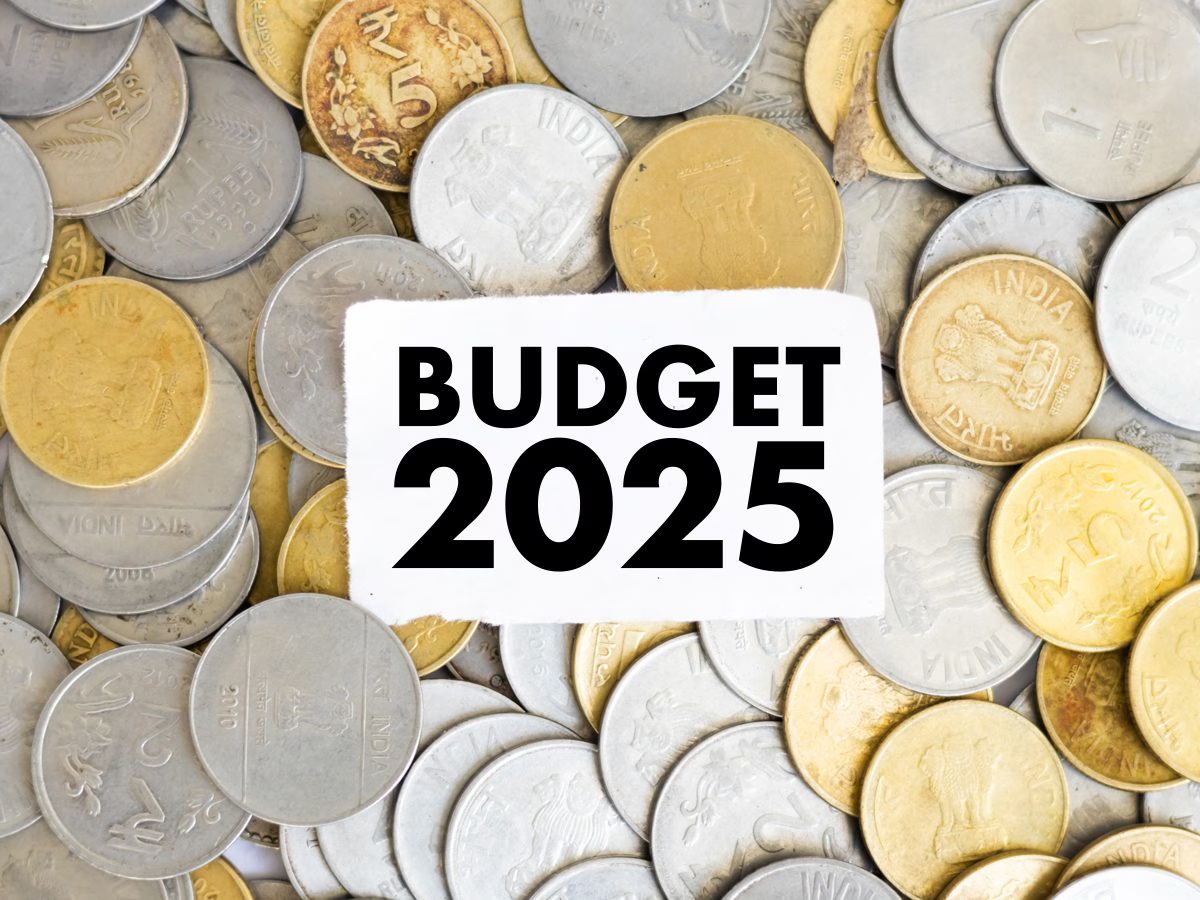The Union Budget is one of the most anticipated financial events of the year, as it sets the tone for economic policies and governance priorities. While tax cuts often dominate discussions, they are just one aspect of a balanced fiscal strategy. A well-rounded budget should focus on long-term economic stability, inclusive growth, and sustainable development. Below are key areas that the Union Budget should have prioritized beyond tax cuts.
1. Strengthening the Healthcare Sector
The COVID-19 pandemic underscored the vulnerabilities of India’s healthcare system. While there have been improvements, the Union Budget should have placed greater emphasis on:
- Increased Healthcare Spending: India’s healthcare expenditure remains below the global average. Investing more in public healthcare infrastructure would reduce the burden on private hospitals and improve accessibility.
- Primary Healthcare Strengthening: Rural and semi-urban areas need more primary healthcare centers (PHCs) and community health workers to improve preventive care and early diagnosis.
- Research and Development (R&D): More funding for medical research, vaccine development, and pharmaceutical innovation would help India become a global leader in healthcare.
- Health Insurance Expansion: Strengthening Ayushman Bharat and making affordable health insurance accessible to a larger population could provide financial relief to lower-income groups.
2. Boosting Education and Skill Development
A well-educated workforce is the backbone of a strong economy. However, India’s education system requires significant investment to align with modern industry demands. The budget should have focused on:
- Digital Education and Infrastructure: The digital divide in India remains a challenge. Increased funding for internet connectivity in rural areas, smart classrooms, and affordable digital devices is crucial.
- Teacher Training Programs: Enhancing the quality of education by investing in teacher training programs and modernizing curriculums.
- Vocational Training and Skill Development: With automation and AI transforming industries, skilling programs in emerging technologies like data science, cybersecurity, and green energy should have been prioritized.
- Higher Education Support: Increased scholarships and research grants would encourage innovation and global competitiveness.
3. Infrastructure Development for Sustainable Growth
Infrastructure is a key driver of economic growth. While tax cuts provide short-term relief, infrastructure investments ensure long-term prosperity. Key focus areas should have been:
- Transport and Connectivity: Expanding roadways, railways, and airports, especially in underserved regions, would boost trade and tourism.
- Smart Cities and Urban Planning: Addressing urban congestion through better planning, efficient public transport, and smart city initiatives.
- Renewable Energy Projects: Increased investment in solar, wind, and hydropower projects would reduce dependence on fossil fuels and improve energy security.
- Rural Infrastructure Development: Strengthening roads, electricity, and irrigation systems in rural areas would enhance agricultural productivity and economic opportunities.
4. Agriculture and Rural Development
India’s economy remains heavily dependent on agriculture, yet the sector faces numerous challenges. The Union Budget should have focused on:
- Modernizing Agriculture: Investment in technology-driven farming solutions, precision agriculture, and AI-driven analytics for better crop management.
- Irrigation and Water Conservation: Expanding irrigation infrastructure and promoting water conservation techniques such as rainwater harvesting and micro-irrigation.
- Fair Pricing for Farmers: Strengthening Minimum Support Prices (MSPs) and ensuring timely payments through efficient procurement systems.
- Farm-to-Market Connectivity: Enhancing storage facilities, cold chains, and logistics to reduce post-harvest losses and improve farmers’ incomes.
5. MSME and Startup Support
Micro, Small, and Medium Enterprises (MSMEs) and startups are vital for job creation and economic resilience. The budget should have prioritized:
- Easier Access to Credit: Reducing collateral requirements and expanding credit guarantee schemes to help small businesses thrive.
- Tax Incentives for Startups: Beyond tax cuts, initiatives like streamlined compliance, fast-tracked approvals, and lower regulatory burdens would be more impactful.
- Technology and Innovation Grants: Encouraging R&D through grants and incentives for technology-driven startups.
- Market Expansion Initiatives: Government-backed programs to help MSMEs access global markets and integrate into larger supply chains.
6. Environmental Sustainability and Climate Action
With climate change posing a major threat, India’s budget should have incorporated more sustainability-driven policies, such as:
- Green Energy Transition: Subsidies and incentives for renewable energy adoption at both industrial and household levels.
- Electric Vehicle (EV) Infrastructure: Expansion of EV charging stations and incentives for EV manufacturers and buyers.
- Afforestation and Biodiversity Conservation: Increased funding for reforestation projects and conservation of natural habitats.
- Waste Management and Circular Economy: Policies promoting recycling, waste-to-energy projects, and reduction of single-use plastics.
7. Social Welfare and Women Empowerment
While economic growth is crucial, social welfare ensures an inclusive and equitable society. The budget should have enhanced:
- Women Entrepreneurship Programs: Increased funding for women-led businesses and financial literacy programs.
- Affordable Housing: Expansion of urban and rural housing schemes to ensure access to safe and affordable homes.
- Social Security for Informal Workers: Strengthening pension schemes, maternity benefits, and job security for workers in the unorganized sector.
- Child Nutrition and Welfare: Strengthening mid-day meal schemes and child healthcare initiatives.
8. Digital Transformation and Cybersecurity
With India’s digital economy growing rapidly, cybersecurity and digital infrastructure require attention. The budget should have emphasized:
- Cybersecurity Investments: Strengthening cybersecurity frameworks for government, corporate, and individual users.
- Expanding 5G and Internet Access: Ensuring widespread access to high-speed internet, particularly in rural areas.
- E-Governance and Digital Public Services: Expanding digital services for ease of business and governance.
Conclusion
While tax cuts may provide temporary relief, a truly progressive Union Budget should prioritize long-term structural reforms. Investing in healthcare, education, infrastructure, agriculture, MSMEs, environmental sustainability, social welfare, and digital transformation can drive India toward sustainable and inclusive growth. By shifting the focus beyond immediate financial relief to strategic investments, the government can lay the foundation for a resilient and future-ready economy.





